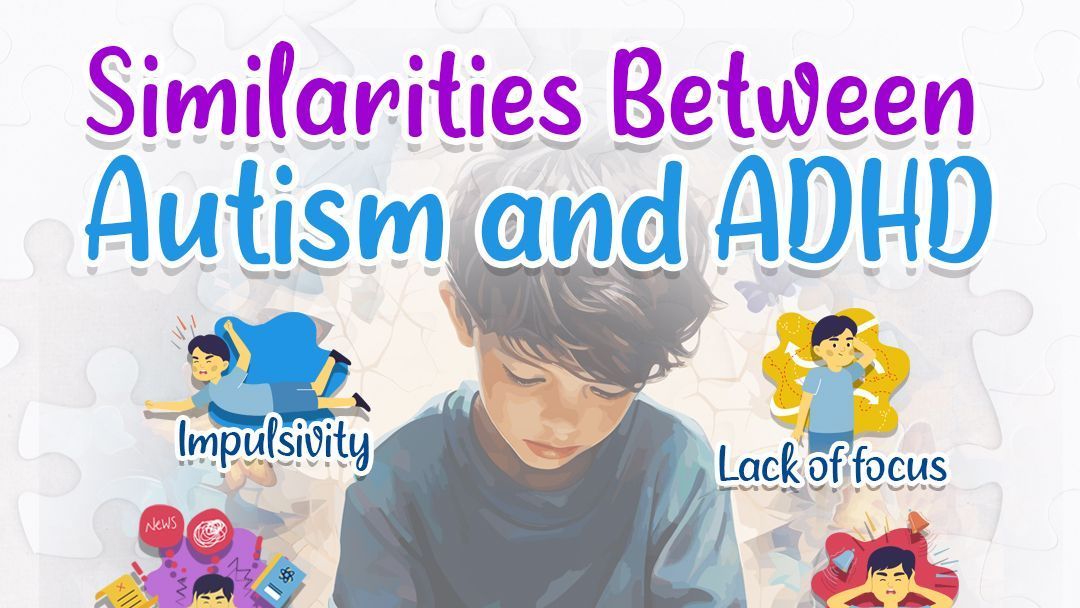
Now accepting new clients
Managing Challenging Behaviors: Practical Tips Using ABA Techniques

Managing challenging behaviors in children, such as tantrums, elopement, aggression, and repetitive behaviors, can be daunting for parents and caregivers. Applied Behavior Analysis (ABA) offers effective strategies to address these behaviors by understanding their functions and implementing structured interventions.
Understanding Challenging Behaviors
Challenging behaviors often serve a purpose for the child, such as gaining attention, escaping demands, accessing preferred items, or self-stimulation. Identifying the function of the behavior is crucial in developing targeted interventions. When your child acts out, they're usually trying to communicate something—like needing attention, avoiding tasks, or wanting something they like. Understanding why they behave this way helps us find the best solutions.
Strategies for Common Challenging Behaviors
Tantrums
Example: Your child throws a tantrum when you say no to a toy.
What to Do: Teach them a better way to ask for what they want, like using words, pictures, or gestures. When they ask nicely, give them the toy or praise them for asking.
Running Off (Elopement)
Example: Your child tries to run away during transitions, like leaving the park.
What to Do: Use a visual schedule or a timer to show when it's time to leave. Start with short transitions and reward them for listening with praise or extra playtime.
Aggression
Example: Your child hits others when they're upset.
What to Do: Teach them to express their feelings differently, like using words or gestures instead of hitting. Use a reward system where they earn points for good behavior and can trade them for something they like.
Repetitive Behaviors
Example: Your child constantly rewinds and watches the same videos or songs.
What to Do: Introduce new activities that give them the same enjoyment but are okay to do, like drawing or playing with toys. Praise them when they try these new activities.
Handling Challenging Behaviors in Different Situations
Transitioning
- What to Do: Show them what's coming next with pictures or a countdown. Reward them for going along with the change with a special treat or a fun activity.
Demands
- What to Do: Break tasks into smaller steps and give them lots of praise as they finish each one. Offer help and let them take breaks if they need them.
Removing Favorite Things
- What to Do: Stay calm and don't give in. Offer them something else they like instead. When they calm down, give lots of praise.
Not Getting Attention
- What to Do: Schedule special time each day just for them. Praise them when they're being good to encourage more of that behavior.
Conclusion
Handling challenging behaviors isn't always easy, but using these practical tips can make a big difference. By understanding what causes the behavior and using simple strategies like those from ABA, you can help your child learn better ways to communicate and behave. With patience and consistency, you'll see positive changes that make life better for both you and your child.
Functions of Behaviors
-
Attention
This refers to behaviors that are maintained or reinforced by the attention they receive from others. Attention can be positive (praise, conversation) or negative (reprimands, scolding), but the key is that the behavior serves to gain attention.
Example: A child in a classroom might call out repeatedly during lessons. Even if the attention is negative (e.g., the teacher reprimands the child), the behavior continues because any attention is better than being ignored.
-
Escape/Avoidance
Behaviors that allow an individual to escape or avoid a situation they find unpleasant or undesirable fall under this category. The behavior is negatively reinforced because it removes or reduces an aversive stimulus.
Example: A student refuses to do their homework and throws a tantrum when asked to start it. If the parent gives in and allows the student to skip homework, the behavior of tantrum-throwing is reinforced because it successfully avoids the undesirable task.
-
Access to Tangibles/Desired Activities
Some behaviors are maintained because they result in gaining access to desired items, activities, or privileges.
Example: A child asks repeatedly for snacks and whines when visiting a store with their parent. If the parent gives in and buys snacks to quiet the child, the behavior of asking for snacks is reinforced because it leads to access to the desired item (snacks).
-
Automatic Reinforcement (Sensory Stimulation)
Refers to behaviors that are self-reinforcing and do not depend on external factors such as attention from others, escape from demands, or access to tangible items. These behaviors are maintained by the sensory or intrinsic satisfaction they provide to the individual. In other words, the behavior itself is reinforcing because it produces a positive internal state or sensation.
Example: A person engages in repetitive hand-flapping or rocking when excited or anxious. This behavior provides sensory feedback that is inherently reinforcing to them, even without external rewards.
Useful Links
All rights reserved | Stepping Stones Behavioral Services Inc.
Powered by Altech Web Design






